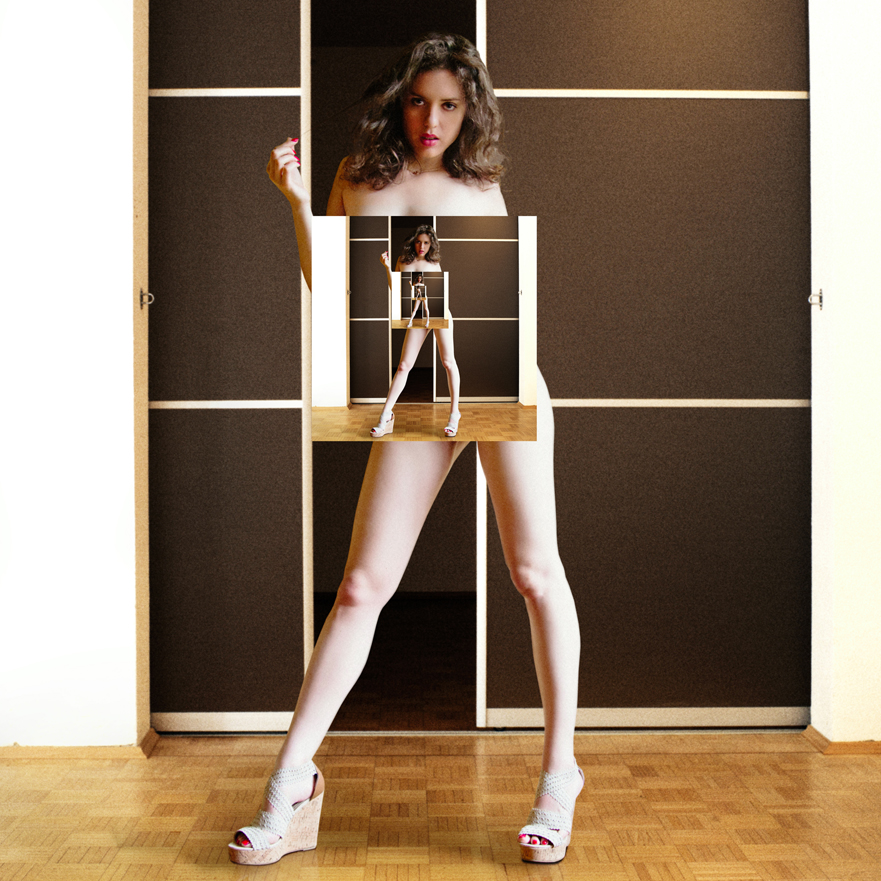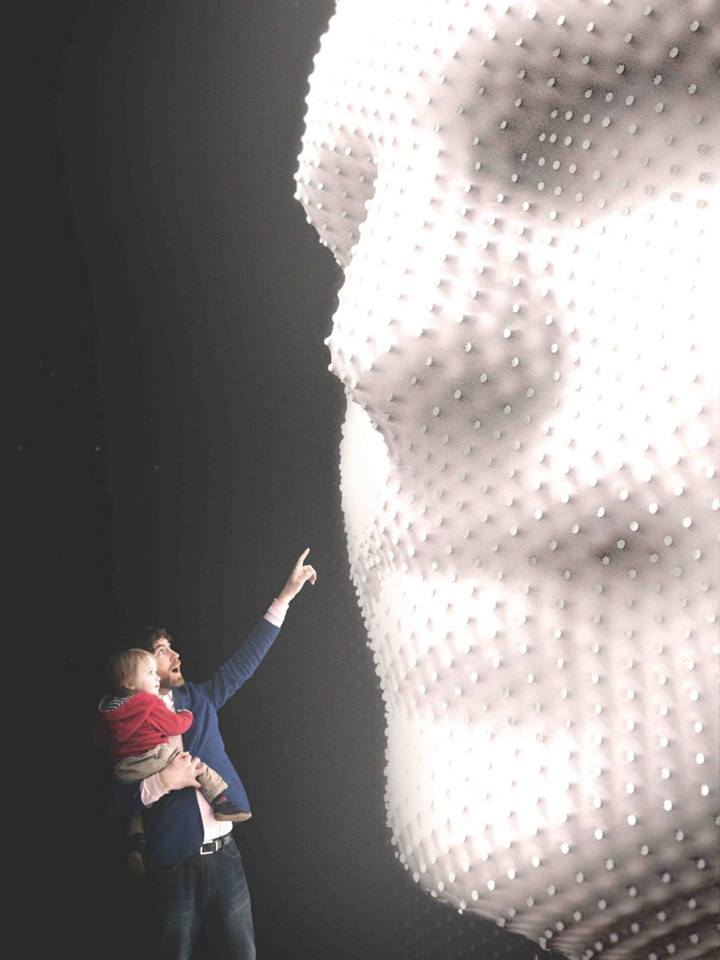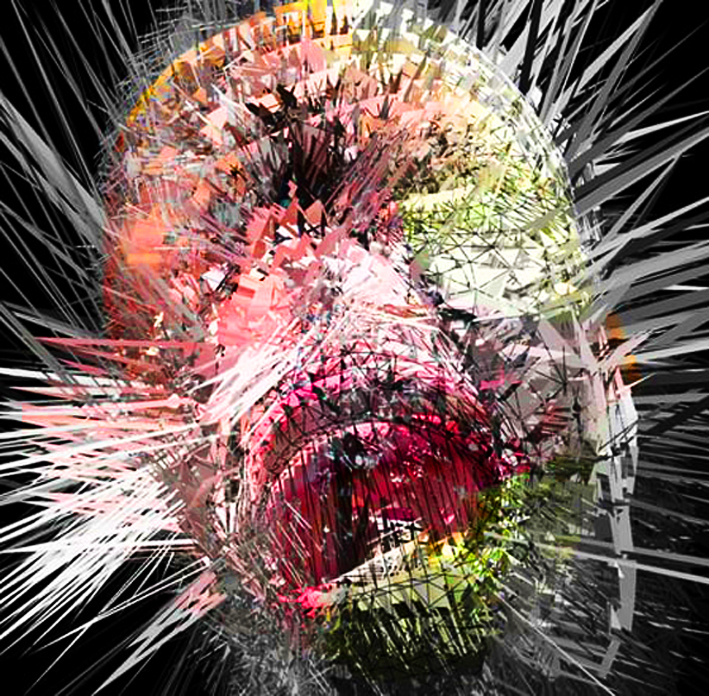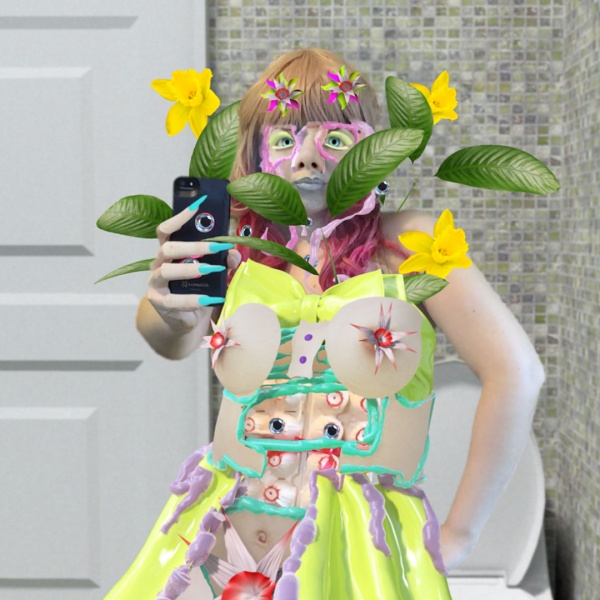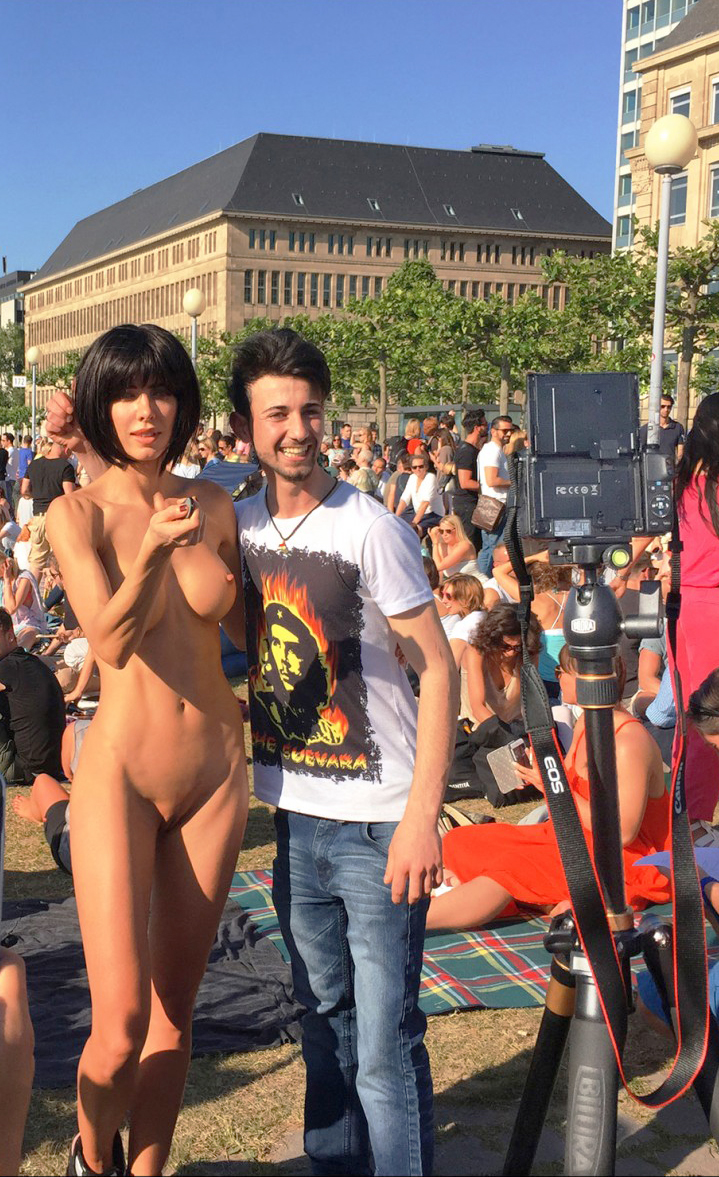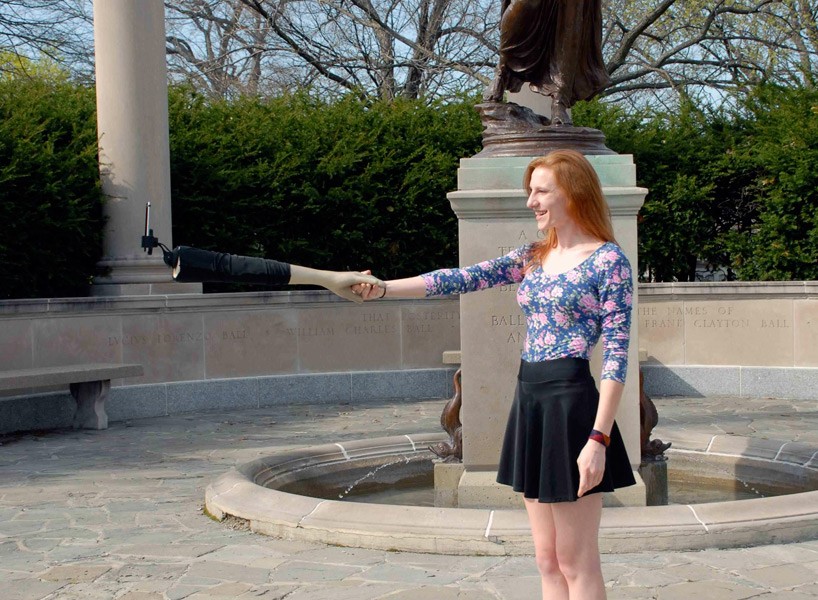
SKYLAR TIBBITS
Impression de Roche
Le monde est « sur le point d’être révolutionné » par l’impression 3D depuis des années maintenant, mais à part le prototypage rapide, les selfies 3D et la maison imprimée en 3D occasionnelle, nous n’en voyons pas grand-chose tous les jours. Alors pourquoi cette technologie n’a-t-elle pas révolutionné les infrastructures modernes ? L’une des raisons est qu’il doit encore concurrencer le béton, l’un des matériaux les moins chers, les plus polyvalents et les plus efficaces de l’histoire de l’architecture. Lors de la Biennale d’architecture de Chicago, le Self-Assembly Lab du MIT et Gramazio Kohler Research de l’ETH Zurich ont présenté un processus qui pourrait enfin assembler le béton, en utilisant uniquement une extrudeuse d’impression 3D, des roches, des cordes et une conception intelligente.







